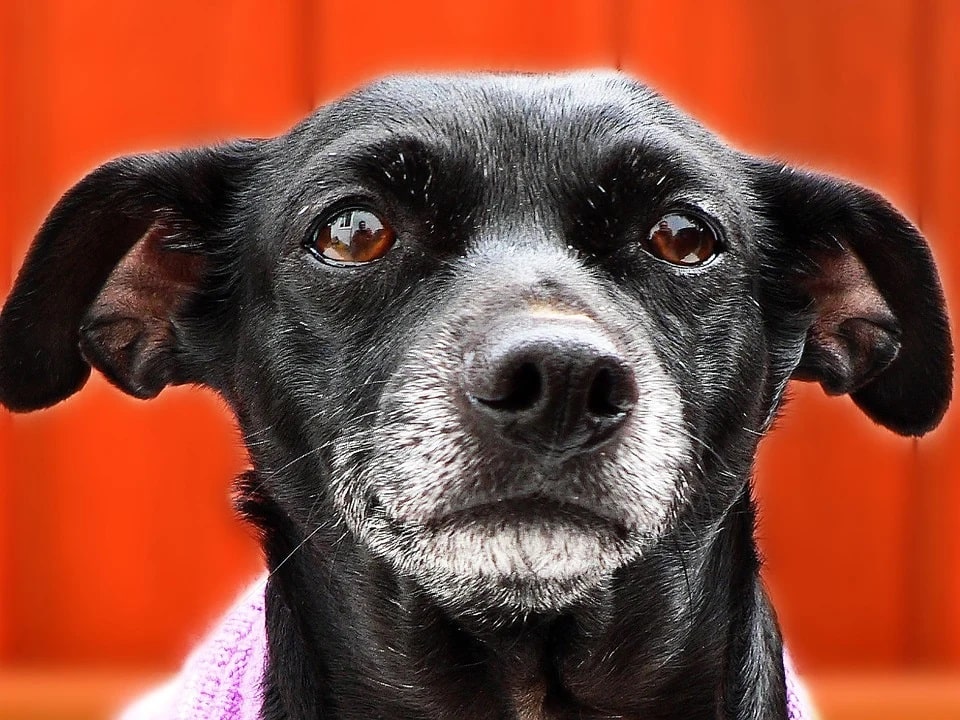Did you know that roughly 40% of dogs in the UK are scared of fireworks? Here are some tips on how to prepare for Bonfire night and other fireworks events.
Preparation
Start acclimatising your dog to the sound of fireworks. A few weeks before, try loading up some online videos of fireworks, starting quiet and slowly increasing the volume over the weeks to help get your dog used to the noise.
You can also check when future local firework displays are being held, so you know when to expect them. You can also ask your neighbours if they are planning any unofficial displays so that you are aware.
Microchipping
53% of microchips have incorrect owner details, which will make it harder to reunite a missing dog with their owner. October is a great time to check with your vet that your dog’s microchip details are up-to-date, and to make sure that their collar has an up-to-date ID tag. Petlog recorded last year that there was a rise in calls to their lost pet line at the end of October and the beginning of November. Many dogs will run when they are frightened, so it’s very important to make sure that their microchip details are correct.
Before the fireworks start
- Make sure your feed your dog beforehand and that their water bowl is topped up, as anxious dogs may not eat and will pant more.
- Take your dog out for a walk before dusk for a wee and to help tire them out. Make sure your garden is escape-proof too, in case you need to let them out to use the toilet while the fireworks are going off.
- Shut all doors and windows and close your curtains/blinds. This will help reduce the noise and the lights.
- Perhaps make a safe den for your dog to retreat to – use their favourite blankets and toys. If they use this, don’t try to tempt them out, as this may make them more stressed.
During the fireworks
- Provide distractions, such as toys, TV or radio.
- Dogs will read their humans behaviour – if you’re tense, they will be tense, so act relaxed and happy and this may help calm your dog.
- Always reward calm behaviour, and don’t ignore your dog if they come to you for comfort.
Things owners shouldn’t do
- Never force your dog to face their fears, this will just make them more scared.
- Don’t take your dog to a firework display or leave them tied up outside during one. Even if your dog is not displaying obvious signs of distress, it does not mean that they are happy.
How can you tell if your dog is scared?
Some signs are not as obvious as others.

Here is what Dr Craig Waldron, Behaviour Vet, has to say:
“In dogs, symptoms of fear can include pacing, panting, trembling, hiding, being clingy, drooling, howling or barking, refusing to eat, being destructive, causing self-trauma, and inappropriately toileting. In cats, they can include cowering, hiding, attempting escape, and inappropriate toileting. And in rabbits, they can include foot-stamping, staying motionless, and attempting escape”.




